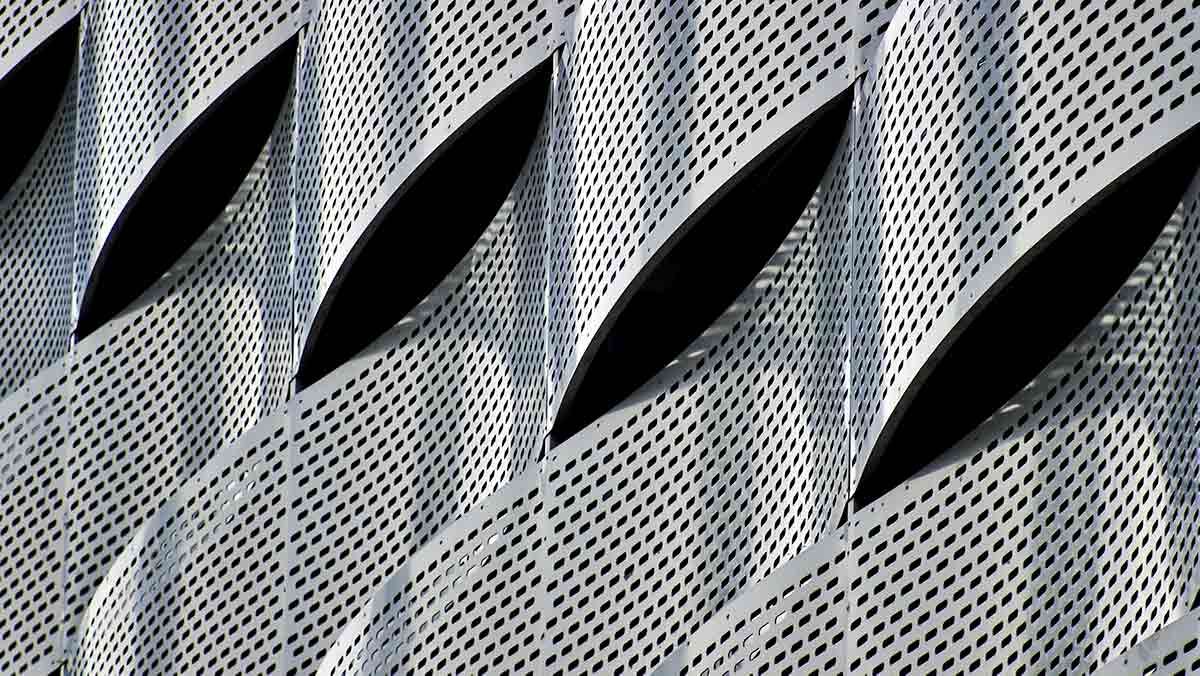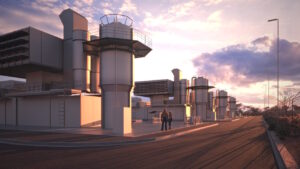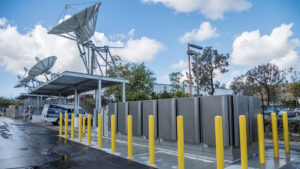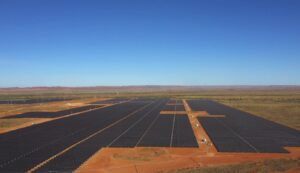Resources giant Rio Tinto will undertake a study into the use of renewable hydrogen in the production of aluminium as part of a $1.5 million study that could help decarbonise the production of key metals.
The study will examine the potential for the use of renewable hydrogen as an alternative to fossil fuels in a calcination process used to purify raw materials like bauxite before it is processed into alumina. The calcination process works to extract impurities from bauxite – the unprocessed raw source of aluminium minerals.
The calcination process requires the raw materials to be heated high temperature and fossil gas has traditionally been used as the main source of heat. However, through the study, Rio Tinto will explore whether hydrogen can serve as an alternative source of heat while having no associated greenhouse gas emissions.
Rio Tinto will undertake the study at its Yarwun alumina refinery in Gladstone in Queensland, and will be undertaken in two phases.
Rio Tinto will ‘simulate’ the calcination process using hydrogen in a lab-scale test and will also undertake engineering and design studies to how hydrogen may be used in a demonstration project at the Yarwun refinery.
The study will aim to identify the work necessary to incorporate renewable hydrogen technologies into existing alumina production facilities, providing a pathway to the wider use of renewable hydrogen in commercial scale production of alumina.
Rio Tinto Aluminium’s Pacific operations acting managing director, Daniel van der Westhuizen, said the project was an early step towards increasing the use of zero emissions energy storages in the production of metals, potentially leading to larger reductions in greenhouse gas emissions.
“We’re investing in work that needs to be done, not only to decarbonise one of our sites but also to help provide a lower-emissions pathway for Rio Tinto and the global aluminium industry,” van der Westhuizen said.
“We recognise we are on a long road towards reducing emissions across our operations and there is clearly more work to be done. But projects such as this are an important part of helping us get there.”
The Australian Renewable Energy Agency (ARENA) will provide a $579,786 grant to Rio Tinto to support the project, which will involve a total spend of $1.2 million on the study.
ARENA CEO Darren Miller said that the use of renewable hydrogen in the processing of materials like alumina could provide a pathway for reducing emissions in otherwise hard to abate industries.
A number of major European steel manufacturers are already trialling the use of hydrogen, as an alternative to coal, in the steel manufacturing process. Swedish steel producer SSAB has set itself a target of producing commercially competitive carbon-free steel by 2026 using a process that almost entirely displaces the use of coal.
ARENA believes similar progress can be made in the aluminium sector, with Australia the world’s largest producer of bauxite and the largest exporter of alumina.
“If we can replace fossil fuels with clean hydrogen in the refining process for alumina, this will reduce emissions in the energy and emissions-intensive refining stage of the aluminium supply chain. Exploring these new clean energy technologies and methods is a crucial step towards producing green aluminium,” Miller said.
“This study will investigate a potential technology that can contribute to the decarbonisation of the Australian alumina industry. If successful, the technical and commercial lessons from Rio Tinto’s study could lead to the implementation of hydrogen calcination technology, not only in Australia but also internationally,”
The funding for Rio Tinto was first flagged by RenewEconomy in May when a list of yet to be announced grants provided by ARENA was published inadvertently on the Parliament House website.
ARENA also recently announced $11.3 million in funding, awarded to Alcoa, for a trail of new technologies that also incorporate renewable hydrogen in the aluminium production process. Alcoa will trial hydrogen in the “mechanical vapour recompression” process as part of the conversion of bauxite into aluminium.
Miller told the Energy and Mines Australia Virtual Summit on Wednesday that a key challenge was reducing the cost of producing renewable hydrogen in Australia.
“We can see an opportunity for hydrogen to follow the same cost trajectory that solar, wind and lithium-ion batteries have followed over the last decade,” Miller told the summit.
“And we’re pretty confident that as the industry scales up, and as the world is focused on producing renewable hydrogen through electrolysis, that these cost reductions are not only possible but actually desirable and achievable and will be a huge benefit to a place like Australia, given our renewable resources.”
Have you completed RenewEconomy’s short reader survey yet? With feedback from readers like yourself, we can keep improving and growing. Please click here to start the survey.








